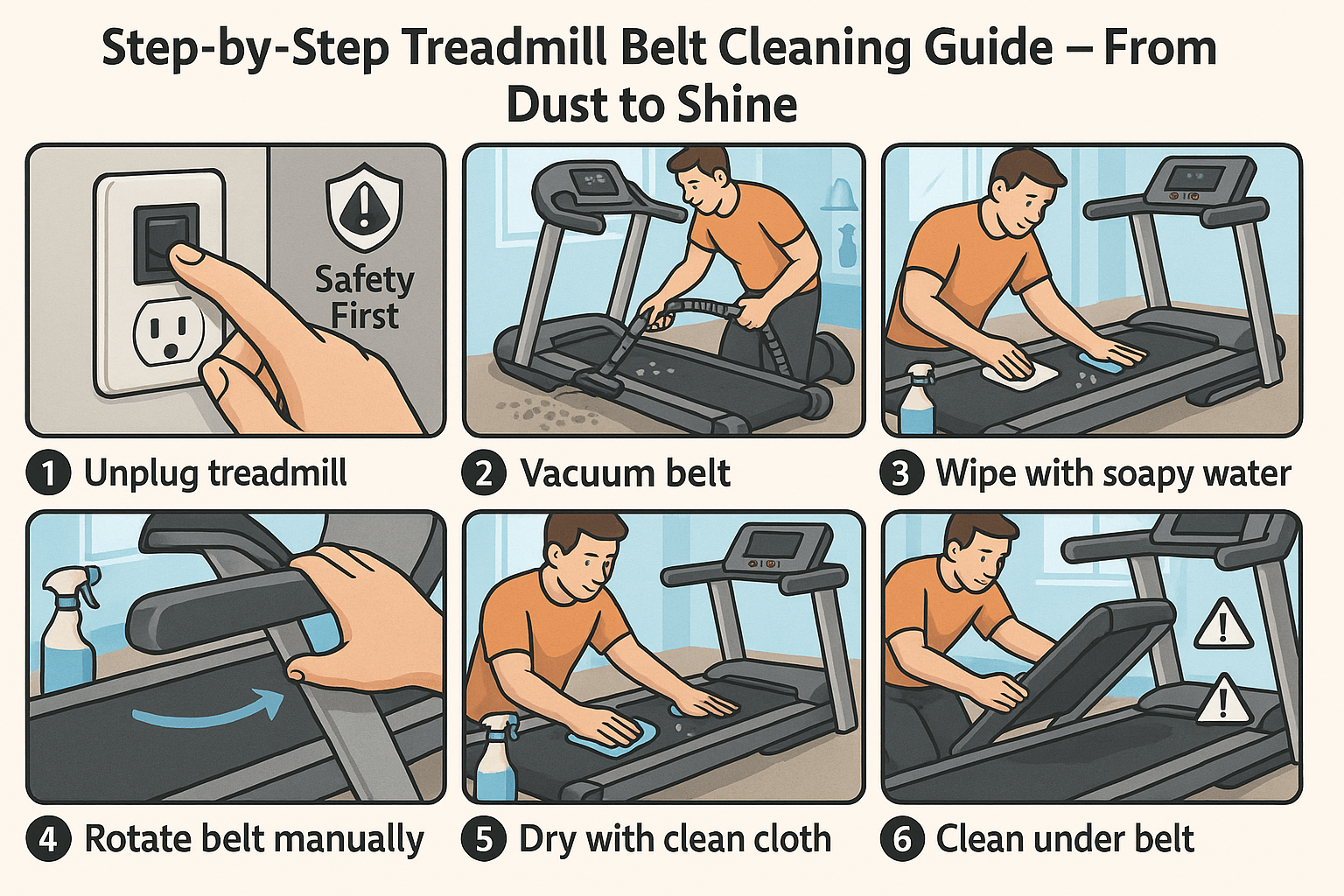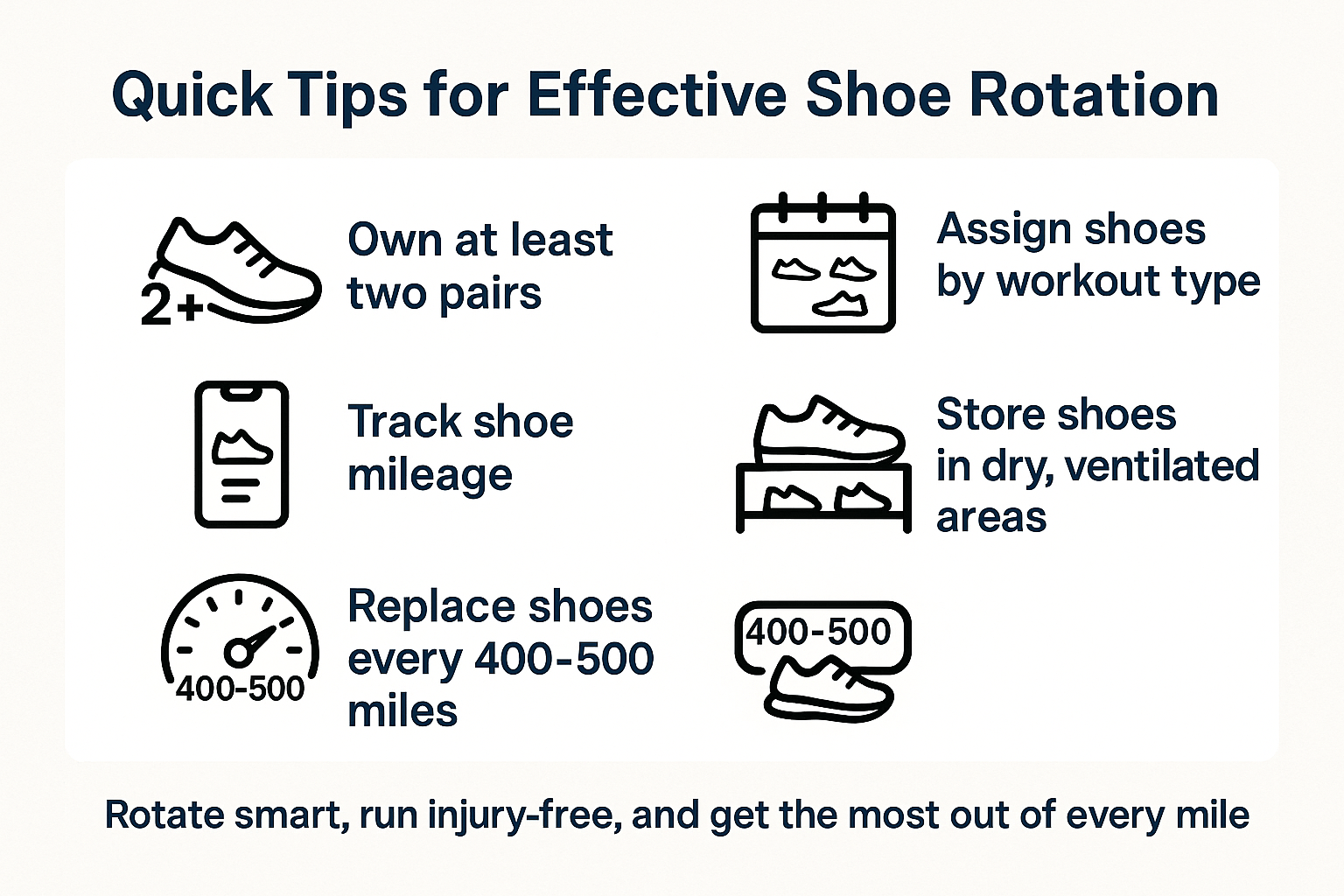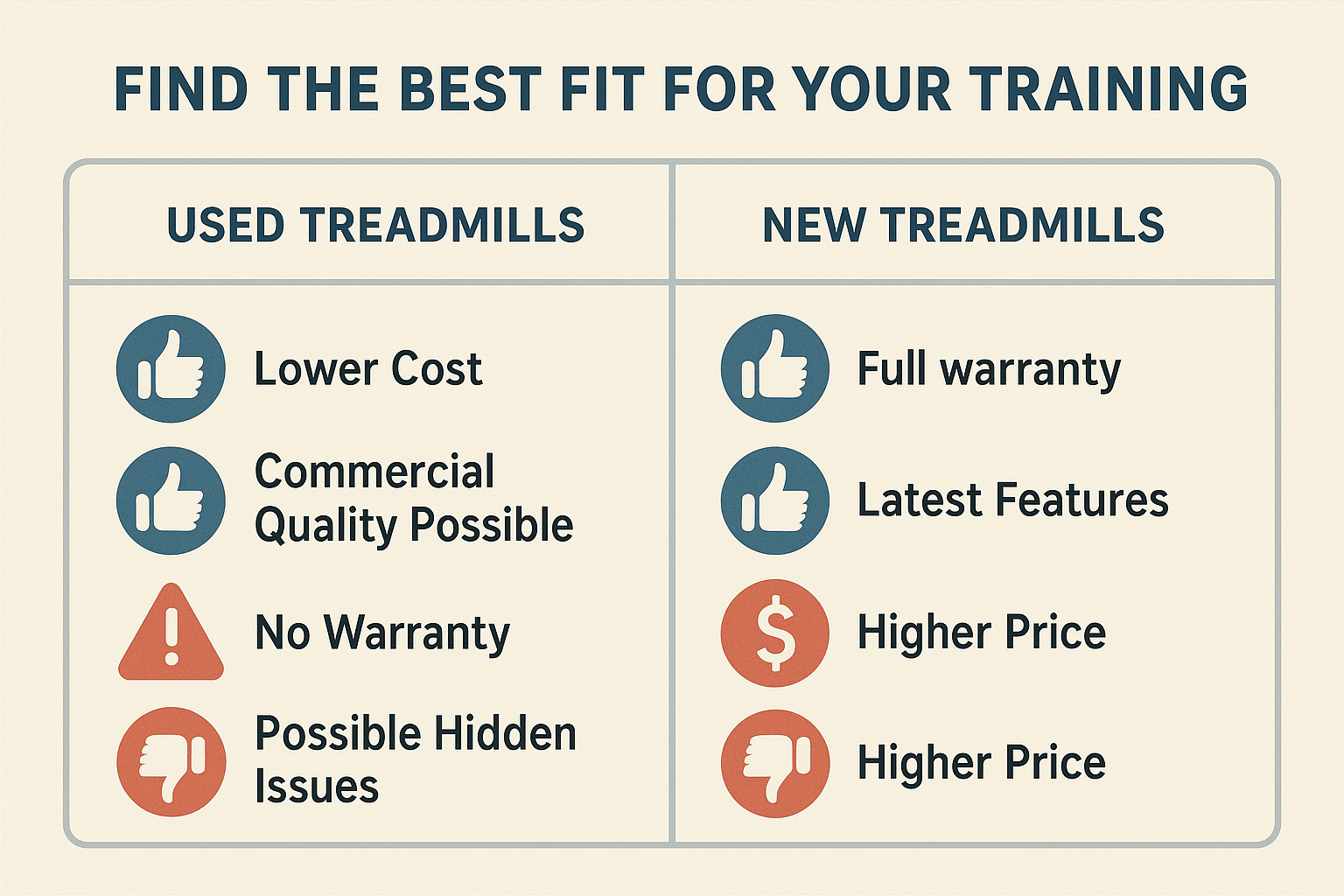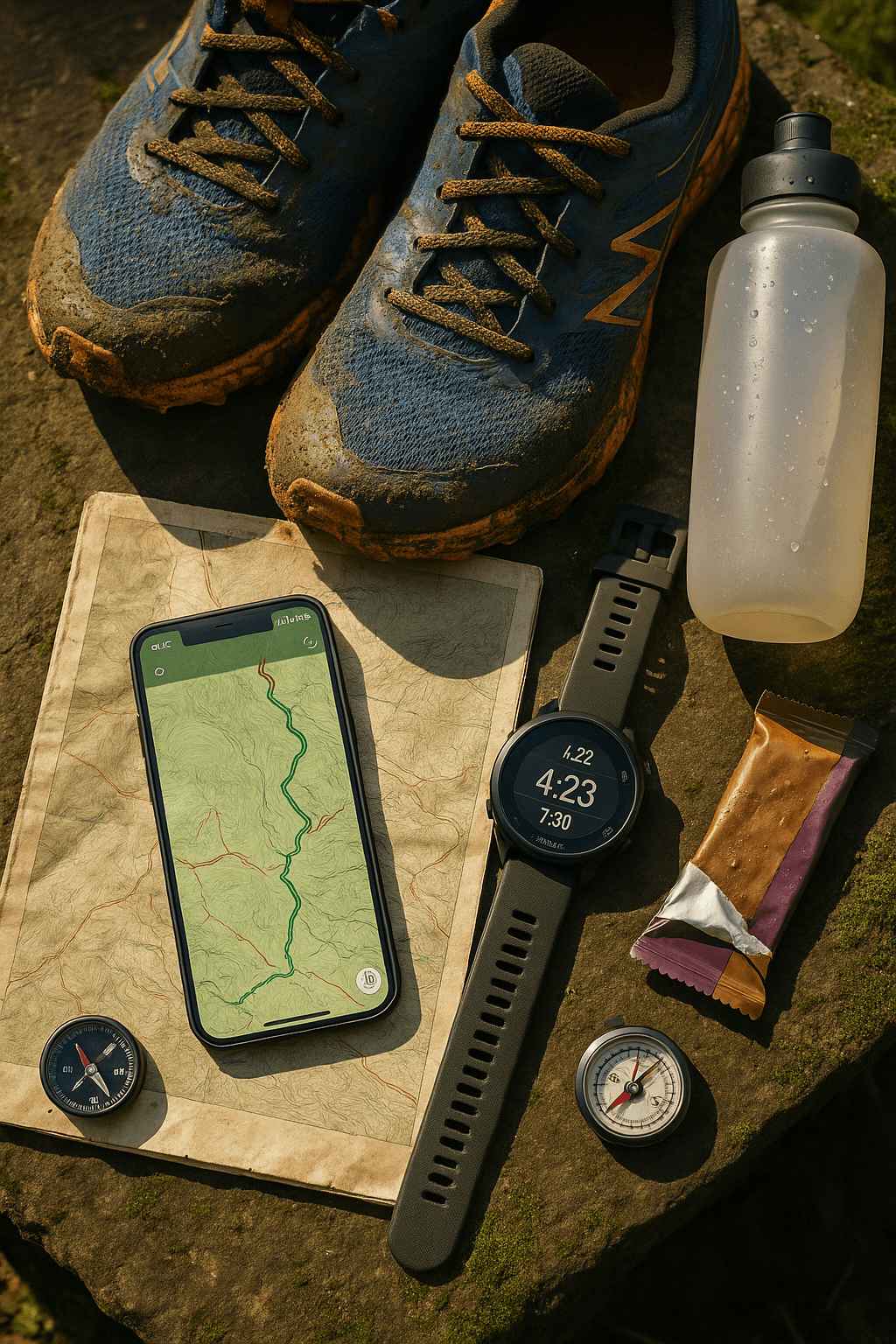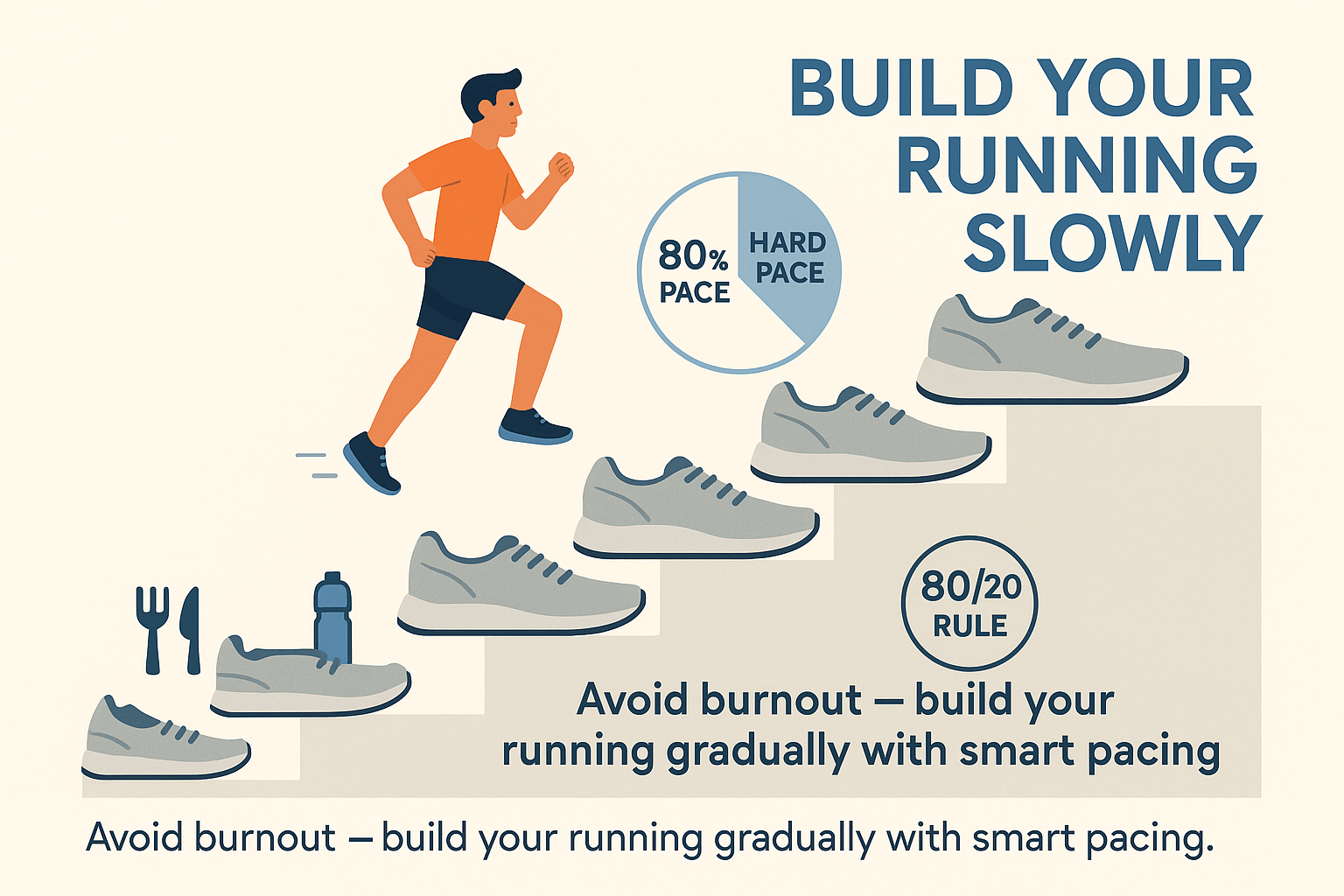The online poker game is full of surprises and unexpected outcomes, but the real gurus of this card discipline have learned how to maximize their influence on the result. Learn the key principles that lead to a significant increase in the effectiveness of your game for real money.
To begin with, the psychological aspect will be considered. Then, smoothly move on to understanding the basic poker strategies and planning the bankroll. You will be provided with popular online casinos in Australia with different poker variations.
The Psychological Edge: Online Casino Poker Tips
Among all poker tips, the ability to remain mentally stable in stressful situations is probably the most important. High stakes require focus and the ability to manage your emotions. Under stress, it is important not to let your emotions get the best of you and make a hasty decision.
Let’s say you are faced with a bad hand or a long series of losses. Continue to control your emotions and stay focused, because the fight is not over. The ability to stay calm helps you focus on the task at hand and make informed decisions.
Now, let’s take a closer look at casino tips and mental tactics:
| Mental Tactic | Poker Players | Athletes | Shared Mental Tactic |
| Mind Control: Staying Calm Under Pressure | Control emotions to avoid rash decisions. | Stay focused under pressure, like during a clutch shot. | Both must remain calm to make clear decisions. |
| Reading Your Opponent: Observation and Analysis | Analyze betting patterns and timing. | Observe the opponent’s body language and movements. | Both anticipate opponent actions by analyzing behavior. |
| Bluffing and Deception: Using Misdirection | Misrepresent hand strength to induce mistakes. | Use fakes and misdirection to create opportunities. | Both deceive opponents to gain an advantage. |
| Patience and Timing | Wait for the right moment to act. | Recognize when to take risks or play conservatively. | Both need to wait for optimal moments to act. |
| Risk Management | Calculate odds and potential rewards before betting. | Assess risk vs. reward before committing to actions. | Both evaluate risks before making critical decisions. |
Reading Your Opponent: Observation and Analysis
The skill of reading your opponent can also be applied in online poker: you don’t even have to look at the player’s face; you just rely on his actions. For example, if your opponent bets too quickly or procrastinates, this can signify confidence or nervousness. An experienced poker player can use this information to predict the opponent’s move and make a more favorable decision.
Our expert team is happy to share the most effective poker tips for beginners:
- Watch how their opponents bet aggressively, passively, or make small raises. You can tell from these patterns whether their hand is strong or weak.
- The timing of actions to make a move can be telling. A quick bet can indicate confidence, while hesitation indicates uncertainty or a weak hand.
- Frequency of action helps predict future actions.
- Some players bluff more often than others. A player who raises aggressively or bets without strong hands may be likelier to bluff in future hands.
- Reactions to losses: remember how a player starts to behave. Emotional reactions can reveal vulnerabilities or changes in strategy.
- Your opponent’s previous moves can help determine their strategy and proclivities. Do they always raise with premium hands or mix up their play?
- The size of a player’s bet often reveals information about the strength of their hand. Large bets usually indicate confidence, while smaller bets may indicate caution or a weak hand.
- Observe his behavior after a strong hand: it will be easier to understand the nature of his combination in later rounds.
- Your opponent’s emotional state can greatly influence his decisions. A frustrated player may make bad decisions, while a focused player will stick to a well-thought-out strategy. Recognizing these changes allows you to better predict and counteract them.
Top Online Poker Casinos in Australia
At the website payid-pokies.net, readers will find ratings of the best online casinos. They can also view the table of such brands experts have placed here, familiarize themselves with them, and choose the most suitable one.
| Casino Name | Owner | License | Poker Variations | Year Established | Top 3 Payment Systems |
| PokerStars | The Stars Group | MGA, UKGC, Isle of Man | Texas Hold’em, Omaha, Spin & Go, Tournaments | 2001 | Visa, Skrill, Neteller |
| Pokerdom | PokerDom Ltd. | Curacao | Texas Hold’em, Omaha, Tournaments | 2014 | Visa, WebMoney, Qiwi |
| RedStar Poker | RedStar Poker | Curacao | Texas Hold’em, Omaha, Tournaments | 2005 | Skrill, Neteller, Bitcoin |
| CoinPoker | CoinPoker Inc. | Curacao | Texas Hold’em, Omaha, Tournaments | 2017 | Bitcoin, Ethereum, Litecoin |
| PokerOK | PokerOK Ltd. | Curacao | Texas Hold’em, Omaha, Tournaments | 2009 | Visa, Skrill, Neteller |
| PokerKing | Asia Poker Network | Curacao | Texas Hold’em, Omaha, Tournaments | 2011 | Skrill, Neteller, Bitcoin |
| BetOnline Poker | BetOnline | Panama | Texas Hold’em, Omaha, Tournaments | 2001 | Visa, Bitcoin, Litecoin |
| Mr Vegas | Mr Vegas Casino Ltd. | UKGC, Malta | Texas Hold’em, Omaha, Live Poker | 2020 | PayPal, Skrill, Visa |
| Duelz | Betpoint Group | Malta | Texas Hold’em, Omaha, Live Poker | 2018 | Skrill, Neteller, PayPal |
| MrQ | MrQ Limited | UKGC, Alderney | Texas Hold’em, Omaha, Live Poker | 2018 | PayPal, Visa, Neteller |
Responsible Gambling
A responsible approach in casino games is extremely important, because it is about your safety. Don’t be lazy to set up your profile on a particular brand’s website in advance. The list of casino tips experts includes:
- Limiting your bankroll size
- Enabling pop-up notifications
- Limiting the length of a gaming session
Responsible Gambling (https://www.responsiblegambling.org/) also includes an option to self-exclude or temporarily freeze your account.
In a Nutshell
Knowing the basic poker strategies will bring you closer to stable earnings on online gambling because this card game depends a lot on skills. Learn to control your emotions and read the behavior of your opponents; then, any hand will be profitable for you. Poker tips include choosing a reliable online casino with honest croupiers and fair payouts.

